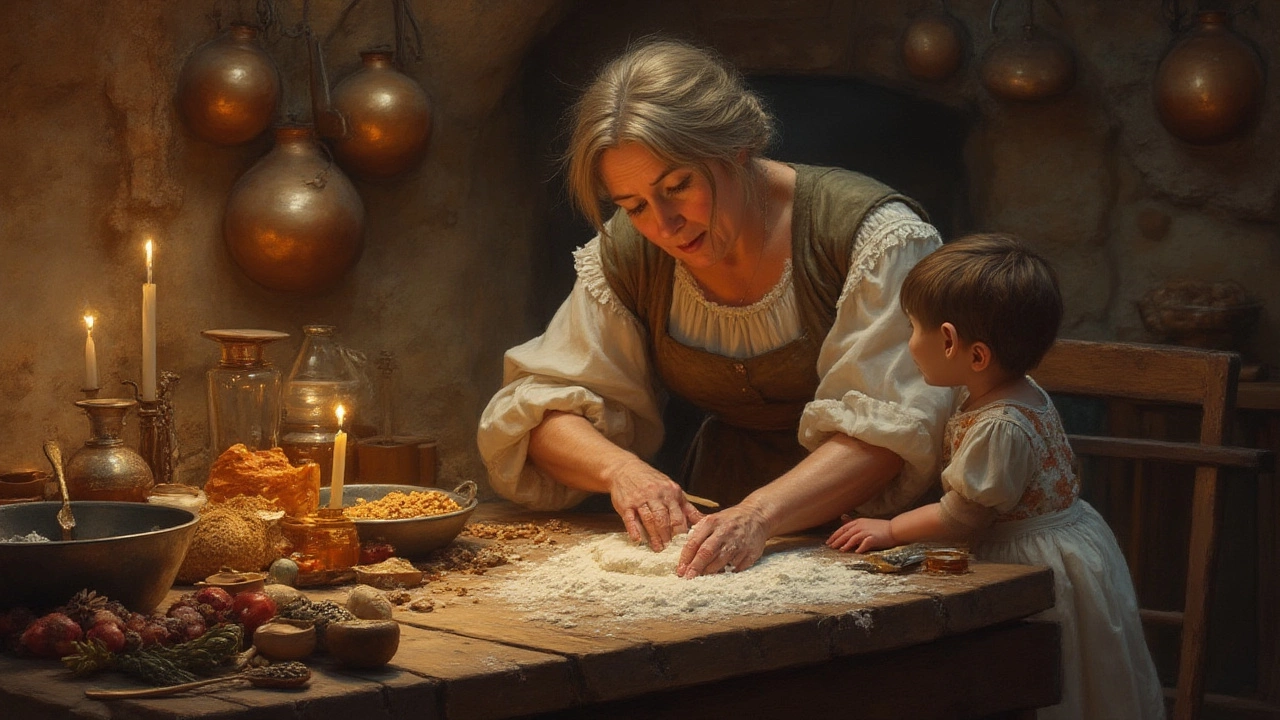
4 Ancient Cookies: Sweet Origins of History’s Oldest Treats
Ever wondered what the very first cookies were like? Dive into the rich, crumbly roots of four ancient cookies that started it all.
Ever wondered why the chocolate chip cookie feels like a childhood staple? The answer lies in a mix of travel, trade, and a dash of chance. Below we break down where some of the most loved cookies started and how those beginnings still flavor what we bake today.
Most people think the chocolate chip cookie was invented in America, and they’re right—it was born in 1930s Massachusetts when Ruth Wakefield added chopped chocolate to a butter cookie dough. But other classics traveled far before hitting your pantry. The gingerbread we associate with holiday houses actually began in medieval Europe, where ginger and honey were expensive imports. Bakers used the spice to show wealth, shaping the first spiced flatbreads.
Shortbread hails from Scotland, where a simple blend of butter, flour, and sugar was a way to stretch scarce ingredients during harsh winters. Its crumbly texture made it a perfect travel snack for sailors heading to distant ports. Meanwhile, the macaron started as an Italian monk’s almond cookie, later refined in France into the delicate sandwich we see today.
Understanding a cookie’s past helps you tweak recipes with confidence. If you know gingerbread was originally a spiced, dense loaf, you can add a splash of molasses or extra ginger to get that authentic bite. The original chocolate chip cookie used semi‑sweet chocolate chunks; swapping in dark chocolate or adding sea salt gives a nod to the original flavor while keeping it fresh.
Modern bakers also borrow techniques from other cultures. For instance, oatmeal cookies grew out of 19th‑century health movements that promoted whole grains. Adding a handful of rolled oats today not only boosts texture but also connects you to that health‑focused era.
Even the shapes we use tell a story. The classic snickerdoodle got its name from a German word meaning “little sugar cookie.” Rolling them in cinnamon sugar mimics the original Dutch coating, giving you a taste of old‑world kitchens with every bite.
When you bake, think of your oven as a time machine. Each ingredient carries a piece of history—whether it’s brown sugar from Caribbean sugarcane or vanilla from Mexican orchids. Mixing them creates a fresh take on ancient recipes, and that’s the magic of cookie origins.
Ready to try a historic bake? Start with a simple recipe: combine butter, brown sugar, and a pinch of sea salt, then stir in rolled oats, raisins, and a splash of maple syrup. The result feels like a 1800s farmhouse treat but fits right on today’s brunch plate.
So next time you bite into a cookie, remember: you’re tasting centuries of travel, trade, and creativity. Use that knowledge to experiment, share stories, and keep the sweet tradition alive.

Ever wondered what the very first cookies were like? Dive into the rich, crumbly roots of four ancient cookies that started it all.